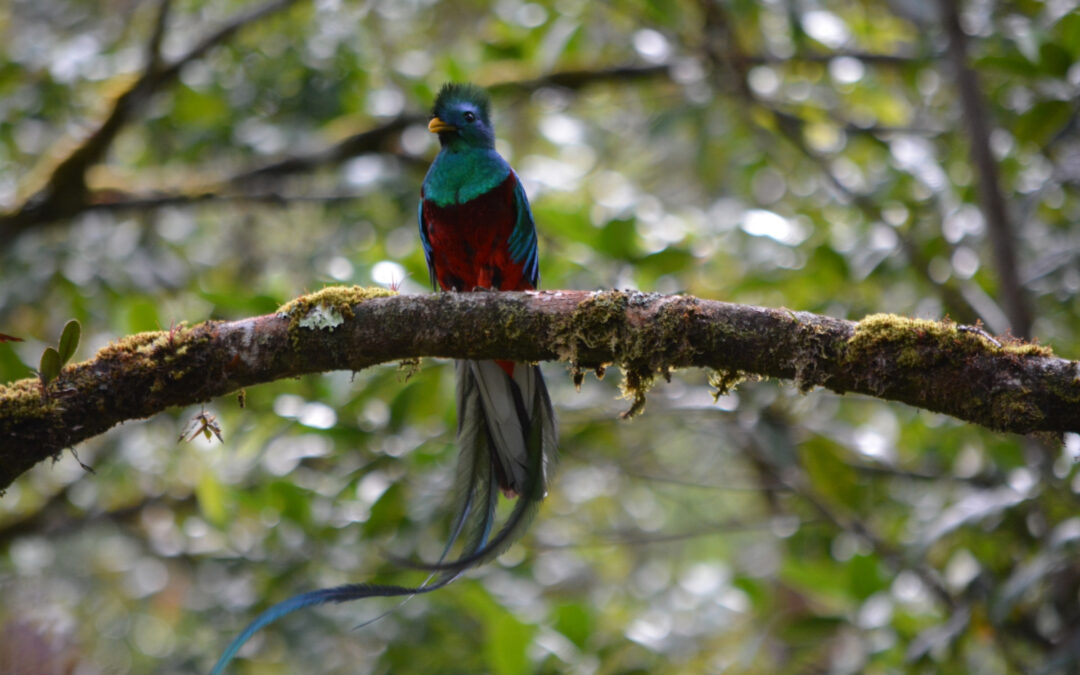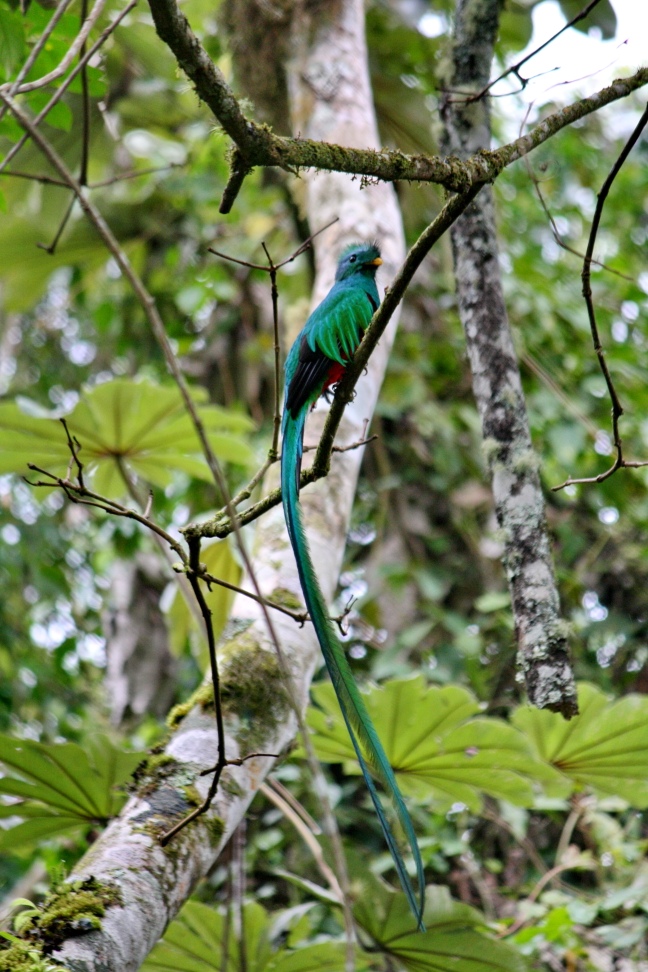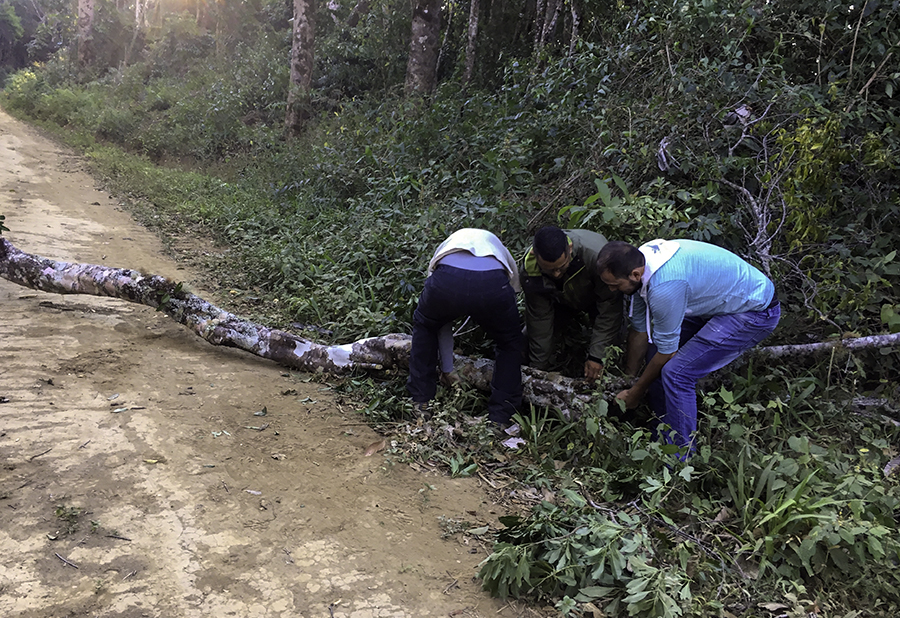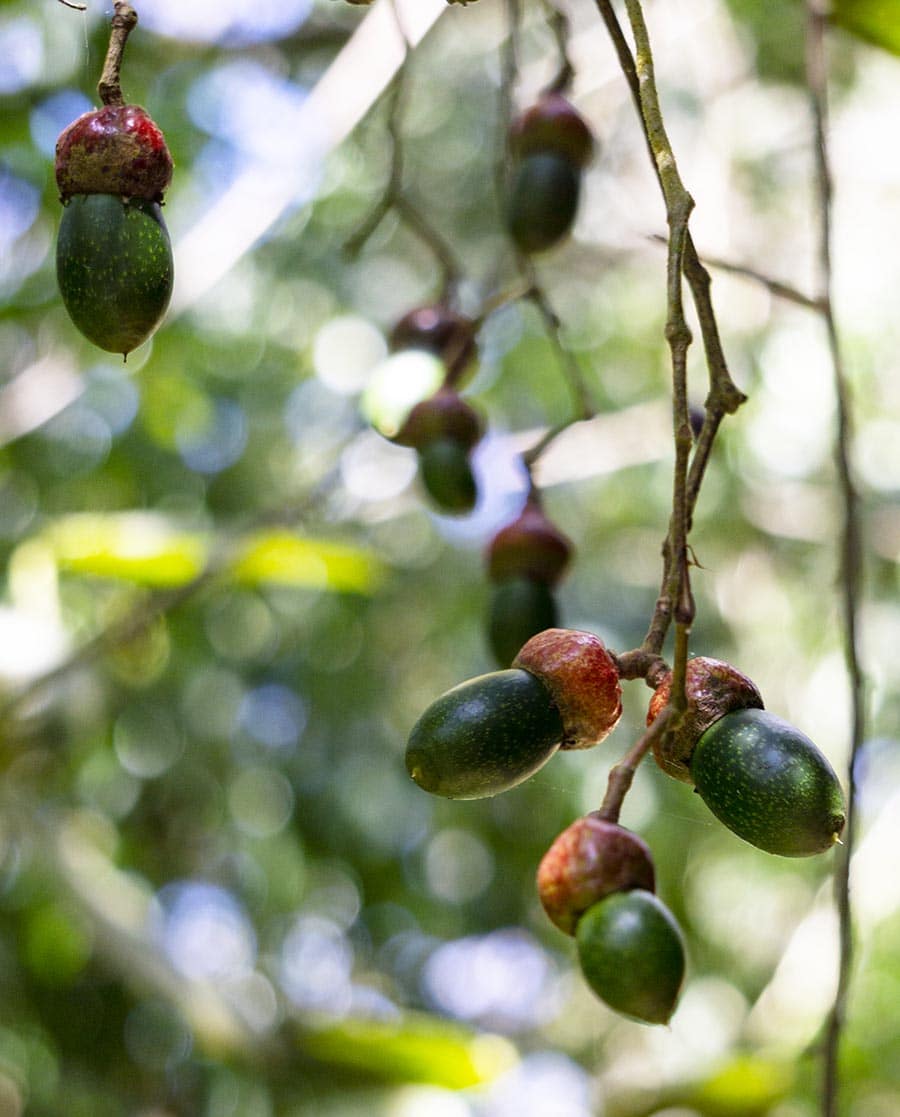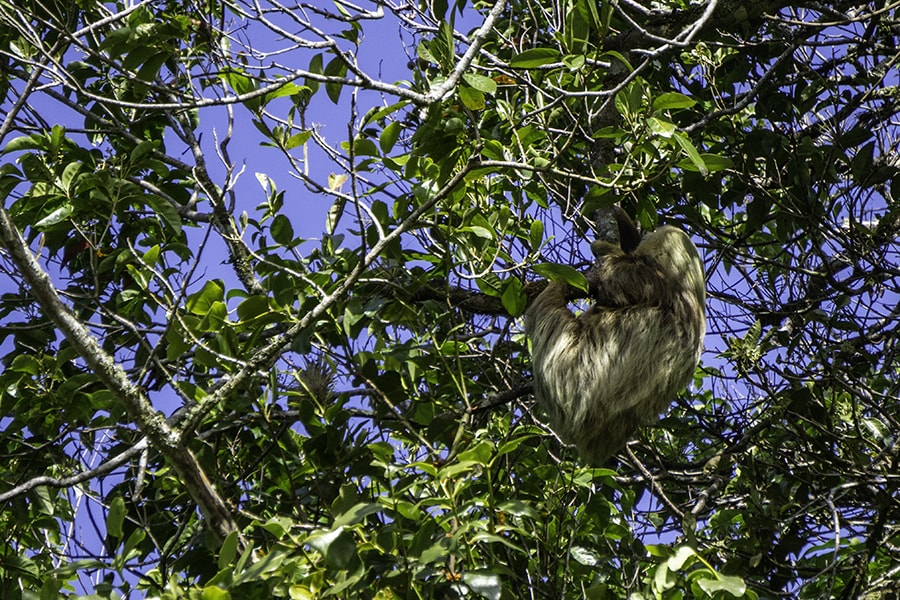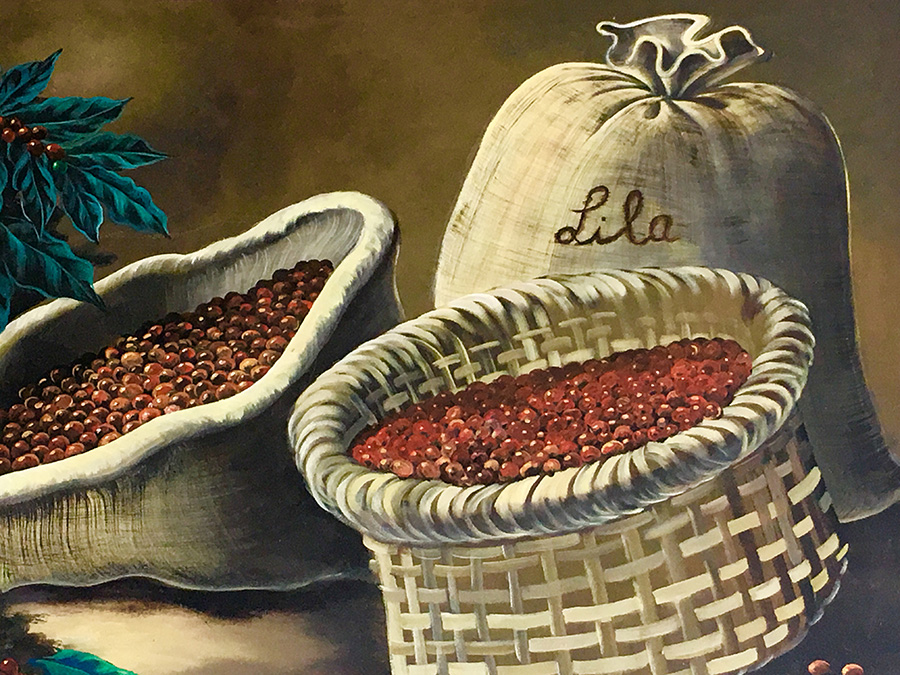Before going back to Southern Costa Rica, we investigated the local opportunities to see one of the most iconic birds of Central America, the Resplendent Quetzal. In Guatemala (where just like in Mexico, El Salvador, Honduras and other Central American countries, it has become increasingly rare), the bird is the national emblem whose name has been given to the local currency and the second largest city (Quetzaltenango). In Pre-Columbian Mesoamerica, the ancient Maya treated its long tail feathers as a high-status, luxury good reserved for royals and nobility.
“The Quetzal is something more than the living representative of a beautiful country of the present era; its human associations stretch back into antiquity.”
Alexander Skutch
Where do Resplendent Quetzals Live
Resplendent Quetzal is arguably the most spectacular bird of the entire Quetzal family (all the other members of the genus are living in Panama and South America). It also stands out by its preference for high altitude habitats (anywhere between 5,000-9,000 feet above sea level in Costa Rica and somewhat lower in Guatemala and other Latin American countries), which are notoriously difficult to get to. And this remoteness of its ideal living environment might have saved the species. With a few exceptions, such as the Jalapa Trogon and Mexican Trogon, very few trogon species live in areas with similar temperate and subtropical climates.
Best Places to see Quetzal in Costa Rica
Although the Monteverde and Braulio Carrillo National Parks north of San Jose are more easily accessible from the capital and have more facilities and accommodations in close proximity, they have definitely suffered from the “crowd-forest” image lately. If you do decide to go there, hiring an experienced local guide with an intimate knowledge of the area and the best sighting trails might be a far better option than signing up for a group “Quetzal Tour”.
The Quetzal National Park, and the cloud forest of San Gerardo de Dota Valley along Route 2 (just 50 miles south of San Juan), for example, are good options for “resplendent quetzal- watching”. Apparently, this flamboyantly feathered relative of trogons is most commonly seen there between October and January.
When in the Best Time to go Quetzal Birding
It is widely believed that the best time to view resplendent quetzal is during the breeding season spanning February-May, when the males become bolder and more visible during their aerial displays and loud calls. However, in certain areas, the earlier months October through January might be the best quetzal watching season. This is because these birds, as many other Costa Rican avian species, are altitudinal migrants, which spend significant amount of time outside of their breeding/nesting season in premontane forests at lower altitudes
Private Quetzal Watching with Desafios Tours
We opted for a “less popular” birding time in mid-January in a more remote place call Las Tablas Protected Area on the border with Panama and were not disappointed. Aside from a better rate, a tour earlier in the year seemed to offer a more “intimate” experience. And the promise of almost guaranteed sightings of Resplendent Quetzal offered by Desafios Tours based in San Vito got our attention.
After a string of emails with the tour operator, the owner and our guide Henry Barrantes, we settled on January 23rd as a date for our Quetzal adventure. Since we planned to rent a 4×4 SUV during our road vacation in Southern Costa Rica, we opted to use our own vehicle for the road trip to Las Tablas instead of hiring Henry’s 4WD car (the decision we came to regret in the retrospect).
The Road to Las Tablas
We met Henry at San Vito Park just before the sunrise (shortly after 5 am). He briefly inspected our brand-new rental SUV, kicked a couple of tires a couple of times. The area we were going to was located on the border with La Amistad near the Panamanian boarder was notoriously difficult to get to, he told us. And ,although, the dirt road leading to Las Tables had been improved by a local water supply company in the recent years, it remained largely impassible during the rainy season. Had we decided to hire Henry’s car, we would have chains and gas-powered chainsaw at out disposal. Only later on, the way up the mountain did we realize how handy (if not absolutely necessary) both of those tools would be to make an adventure like this one possible.
The first 40 km covered a reasonably good stretch of the road (paved too!) and the remaining 15 km – on a dirt clay and gravel road. We also had to cross the river twice. The water was muddy with no bottom in sight (this is where we sustained light damage to the car). Fortunately, the road was dry overall (it did not rain for over a month, according to Henry). When the road is wet, everything changes and Henry had several “horror” stories to share with us in this regard. We highly recommend hiring Henry’s robust 4WD for an additional fee and avoid the headaches of potential rental car breakdowns.
Halfway to our destination, we met a couple of local schoolteachers (both of whom were Henry’s colleagues), who had to turn around due to a fallen tree blocking the road. Following a brief conversation, we all were on our way up to mountain again ready to tackle the unexpected obstacle together.
Upon our arrival at top of the mountain, we made a brief stop at the ‘frontier farm’, which Don Miguel (Miguel Sandi) has run off-the-grid for almost half a century (you can read more about the Las Tablas Ranch in this blog). After Henry paid a small fee for the “property access”, we headed out to the forest across the pasture .
Forest Around Las Tablas
In the forest surrounding the farm, the oaks and alders were standing tall, densely covered with mosses and epiphytes, such as ferns, herbs, shrubs, and even trees of fair size. The resplendent quetzals thrive in the subtropical forests at these high altitudes. The laurel family (Lauraceae) trees, including aguacatillo (which means “little avocado” in Spanish), the wild relatives of the avocado (Persea spp.) and a variety of Nectandra and Ocotea species (which local people call ira or quizzara) are also common here. For the Quetzals, which are fruit-specialists (or frugivores), the fruits from these plants are the most important food sources and are essential for their existence.
Interesting fact: Quetzals, who just like trogons are aerial feeders, have flexible mandibles and clavicles, which enable them to swallow large fruits whole. From “FRUITS AND THE ECOLOGY OF RESPLENDENT QUETZALS”
Life History of the Quetzal
In his early work “Life History of the Quetzal”, Alexander Skutch (learn more about this legendary botanist-turned-ornithologist here) created a thorough description of natural history of the bird, including its feeding, nesting and other behaviors. His work never got old and remains one of the most comprehensive accounts on this subject. As noted by Skutch, outside of the breeding season, quetzals rarely vocalize. However, to an observant and trained eye and ear, their presence can be quickly revealed by the bird’s noisy flight, its large size, and the sound of the bulky seed regurgitation.
After 2 hours of searching and listening attentively, we were able to finally see a gorgeous male flying along the edge of the pasture plucking its favorite wild avocado fruits on the wing from some of the lower branches. While keeping an eye on the bird, all three of us made a dash to the spot through the edge of the forest. There it was a glamorous bird in iridescent green and crimson plumage perched elegantly on a lower branch with its long train feathers blazing in the wind.
Other Birds, Animals and Flowers at Las Tablas
White at Las Tablas, we spotted several other bird species. A small group of Emerald toucanets feeding on fruits of a gigantic ficus tree towering over the pasture was a specially interesting to watch. Wildflowers (including wild begonia) and primary cloud forest all around us. But a real treat was spotting a Two-toed sloth who was feeding in the canopy of the tall trees on the edge of the pasture.
Whereas the Monteverde quetzal population is relatively well studied, there are still many unanswered questions and gaps in our understanding of life cycle in the southern Costa Rica. This might soon change, however. According to our tour guide and other local sources, the land ownership of the Las Tablas Ranch is currently “in limbo” and this remote area is increasingly seen as the next up and coming spot for more in depth studies of this charismatic bird in Southern Costa Rica. As for many regional migrants, Quetzals are particularly susceptible to local extinction because their life cycle is dependent on availability of all seasonal habitats due to seasonal variation in food supply at low and high altitudes.
Lunch Costa Rican Style
In the middle of our “excursion”, Henry treated us to a traditional Tico lunch cooked by his wife early the same morning: pork, rice, black beans, onions wrapped in a banana leaf constituted our first proper meal that day and tasted heavenly.
On the way back we also stopped at a local bakery in Sabalito to buy pastries before heading for our last stop on this tour, a small coffee cooperative sourced and run by four local farmers.
Under huge tents, different quality grades coffee beans were baking in the afternoon sun. Henry’s proudly showed us his favorites, so called “unwashed coffee” beans, coated with berry pulp (“honey”) for additional flavor.
Our tour that day was concluded by washing down the tres leches cakes (we brought with us from the Sabalito bakery) by freshly brewed coffee in the nearby degustation room with a few pieces of coffee-inspired local art.

